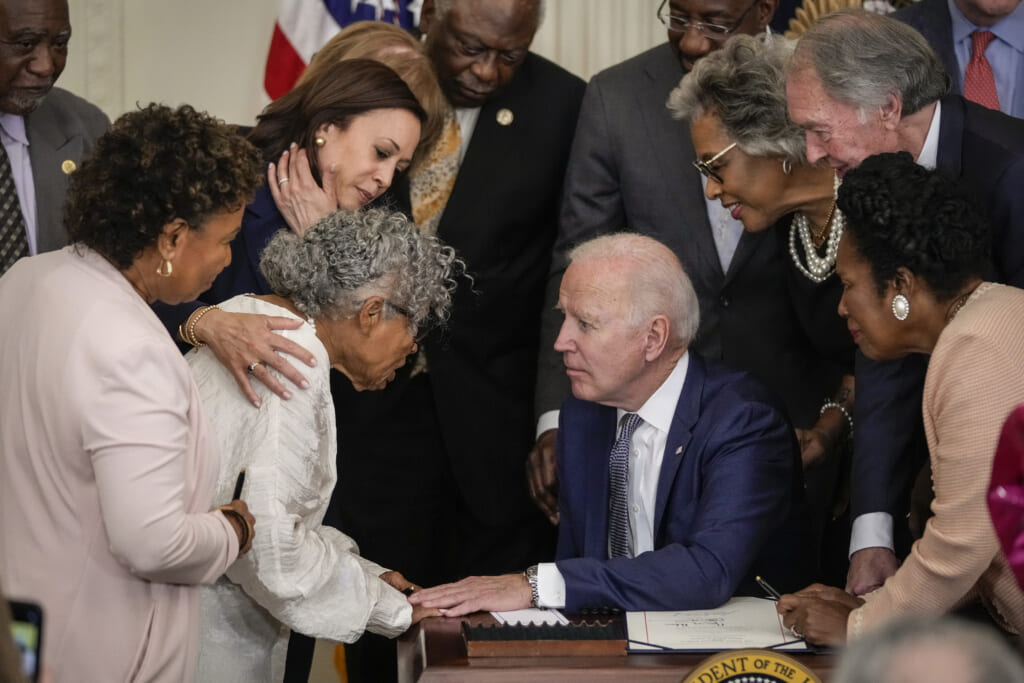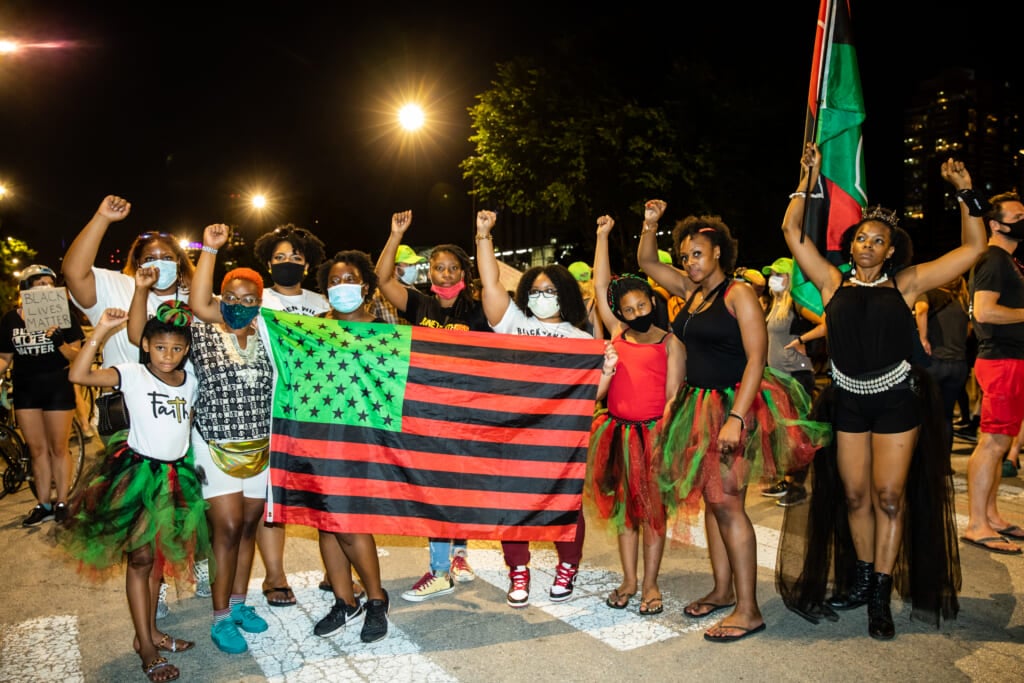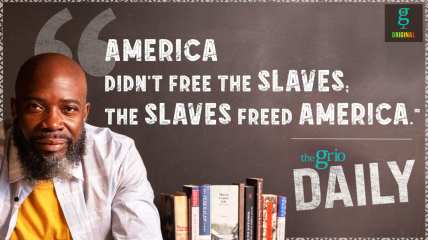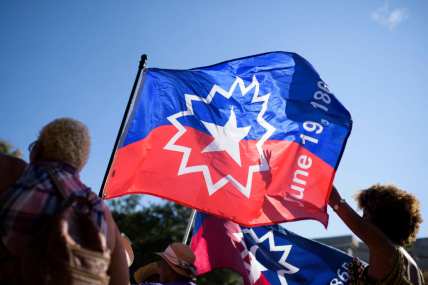Not all slaves in Texas were freed after Juneteenth
Despite General Order No. 3 issued on June 19, 1865, many remained enslaved, and restrictive laws meant bondage-like conditions persisted.
As it stands, Juneteenth is a holiday fraught with contradictions. Although it’s a celebration, what it celebrates is General Order No. 3, the order that informed slaves in Galveston Island, Texas, two years after the Emancipation Proclamation that they were free.
But according to a Washington Post report, even then, some people in America’s second-largest state remained enslaved years after the order was issued on June 19, 1865.

“Slaveowners in Arkansas, Tennessee and Louisiana ran their ‘Negroes’ from Arkansas, Louisiana and other parts of the states into Texas because the U.S. Army had not reached Texas,” W. Marvin Dulaney, president of the Association for the Study of African American Life and History, told The Post.
Owners of slaves also resisted the order, forcing formerly enslaved persons to continue to work under the threat of death. In some cases, they simply killed their slaves rather than allow them freedom.
Dulaney cited a speech by Galludet history professor Barry A. Crouch about the reign of terror some enslaved in Texas had to endure.
“Texans were so resentful that African Americans would become free, they literally carried out a pogrom,” the historian said. “They killed as many as 2,500. They were just murdered outright across the state.”
Major General Gordon Granger issued General Order No. 3, but according to an NPR report, it was never read aloud. Instead, it was posted around town in places that Blacks frequented.
For those who didn’t find out via the posts or word of mouth, it was left to slaveowners to tell their slaves. But the order itself contained language that made it easy for slaveowners to keep their former slaves in bondage-like conditions.
The first part of the order reads:
“The people are informed that in accordance with a Proclamation from the Executive of the United States, all slaves are free.”
However, many are unaware that in totality, the order encouraged the formerly enslaved to basically remain where they were.

“This involves an absolute equality of personal rights and rights of property, between former masters and slaves, and the connection heretofore existing between them, become that between employer and hired labor. The freed are advised to remain at their present homes, and work for wages. They are informed that they will not be allowed to collect at military posts; and that they will not be supported in idleness either there or elsewhere.”
Per The Post, the language of the order left room for abuses in the form of restrictive covenants that included convict leasing, vagrancy laws, as well the development of “black codes,” which ultimately became known as Jim Crow laws. In some cases, slaveowners simply didn’t tell their slaves about the order so they could continue business as usual, illegal or not. Some fled with their slaves to Cuba and Brazil, which had yet to outlaw slavery.
“Slaveowners resorted to tricks. They delayed. They postponed. This was money,” historian C.R. Gibbs, author of Black, Copper & Bright: The District of Columbia’s Black Civil War Regiment, told The Post. “They wanted to continue to get every last drop of sweat from slavery.”
And they did. Dulaney said it took the Union Army the better part of a year to inform slaves across the state of their “newfound” freedom.
Despite all of the efforts to keep them enslaved and maintain the status quo, plus the challenges and obstacles facing Blacks newly freed, Juneteenth did mark the official end of slavery. From that point forward, African Americans were finally able to begin to also pursue their constitutional rights to “life, liberty and the pursuit of happiness.”
“Many years later, the formerly enslaved (interviewed for the 1930s WPA Slave Narratives) remembered when the Freedom Paper was read to them,” historian Edward T. Cotham, Jr., the author of Juneteenth, The Story Behind The Celebration, told NPR. “The slaveholder wanted to keep them working, but they didn’t hear it that way. Once they heard “all slaves are free” they said to hell with you. That’s what made the Juneteenth Order so memorable and made it succeed.”
TheGrio is FREE on your TV via Apple TV, Amazon Fire, Roku and Android TV. Also, please download theGrio mobile apps today!


